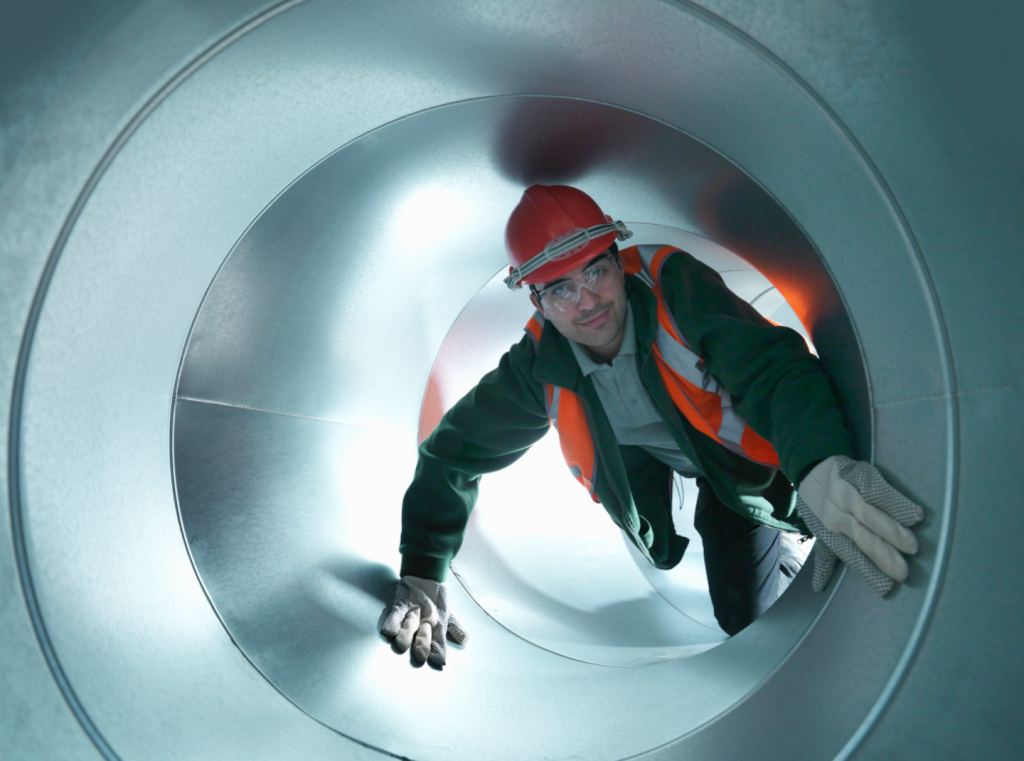Working in a confined space is dangerous and must be done with extreme caution. It is important to be aware of the potential hazards you may encounter when entering a confined space.
In this blog post, we will discuss five of the most common hazards you may come across while working in a confined space. We will explain what these hazards are, how to identify them, and how to best mitigate them.
By understanding these hazards and taking proper safety precautions like enrolling yourself in a confined space training program, you can protect yourself from harm and ensure that you complete your work safely and successfully.
1. Lack of Oxygen
One of the most dangerous hazards in confined spaces is the potential for an oxygen-deficient environment. If a confined space does not have enough oxygen, it can cause serious health problems, including loss of consciousness and even death.
It is important to check oxygen levels before entering the space, as well as monitor them throughout the job. Additionally, it is essential to wear an appropriate respirator if the oxygen levels are below 19.5%.
2. Flammable or Toxic Gases
When entering a confined space, the presence of flammable or toxic gases can be a significant danger. These gases can be released from corroded pipes, tank walls, and other sources. Such gases can cause suffocation, and in some cases, may even be explosive.
If possible, prior to entering the space, use proper ventilation and monitoring systems to test for such gases. If the presence of dangerous gases is confirmed, consider taking additional safety measures before entering.
3. Engulfment
Engulfment is a serious hazard in confined spaces and occurs when a person is surrounded by a liquid or other substance. For example, grain silos can cause the entrapment of personnel due to the movement of the grain within the silo.
Always wear personal protective equipment (PPE) such as respiratory protection, protective clothing, safety goggles, and gloves when working in a confined space to prevent engulfment.
4. Entrapment
Entrapment is a major hazard in confined spaces and occurs when a person becomes physically trapped in an area and cannot move out of it. This is especially dangerous if the confined space has limited access, as it can be difficult to rescue a person in these cases.
Entrapment can occur due to physical barriers, such as walls or debris, or by being physically held in place by machinery or equipment. It is important to take precautions to avoid entrapment, including taking measures such as wearing personal protective equipment (PPE) and securing or blocking off areas that may be hazardous.
5. Temperature Extremes
Confined spaces can become extremely hot or cold, depending on the environment. This can be dangerous and even fatal to workers, who may suffer from heat stroke, hypothermia, or other extreme temperature-related illnesses.
It is important to monitor the temperature of a confined space to ensure it remains within safe levels. Appropriate safety measures should be taken to avoid exposing workers to potentially harmful temperatures.
Conclusion
Confined spaces can be dangerous environments to work in, unless you already had confined space training, so it’s important to always be aware of the potential hazards. From a lack of oxygen to entrapment or extreme temperatures, you should take every precaution possible when working in these areas.
Make sure that safety protocols are followed and that all workers have the proper training and equipment. With careful planning and vigilance, confined space work can be completed safely.

